Do You Have Fungal Acne? — Learn How to Treat It Safely!
If you’re looking for a Fungal Acne safe skincare routine, this might just be the guide for you.
While quarantined, a monster called fungal acne appeared in my life. Unfortunately, this skin demon is a trickster and highly problematic for people to self-diagnose.
You know how they say if it looks like acne, feels like acne, then it probably is acne?! WRONG.
What I’ve discovered is that fungal acne isn’t even acne at all. Yep, this villain living on your skin is so deceiving, it even calls itself something that it isn’t.
Alright, maybe it’s not like that, but you get the point…
What is Fungal Acne?
Contents
I repeat, Fungal Acne is not acne — it is actually a yeast ( a single-celled fungi) that grows on your skin.
Acne on the other hand, is caused by bacteria.
It’s an important difference to remember; treating acne and a yeast overgrowth require different treatments.
The technical name for Fungal Acne is known as malassezia or pityrosporum folliculitis.
When this yeast gets out of control in the follicles of your hair, it causes inflammation and zit-like bumps that are impossible to pop (usually on the oiliest parts of your body — although it can spread).
Photos of Malassezia Follicultitis
On forehead On cheeks
How to Tell the Difference Between Acne and Fungal Acne?
| Acne | Fungal Acne | |
|---|---|---|
| What does it feel like? | It can be painful to the touch, but not always. | Itchy and burning sensations. |
| Where is it usually located? | Cheeks, forehead, nose, jawline, hairline, temples, neck, chest or back. | Usually in oily areas such as forehead, nose and chin (t-zone), chest or back. |
| What does it look like? | It can be a combination of deep cysts, whiteheads, blackheads, red bumps and puss filled zits. | Usually tiny white, yellowish or red bumps that are surrounded with inflamed skin and look stuck deep underneath the skin. They are typically in groups and these bumps cannot be popped. |
| How do you test it? | Dermatologists are trained to recognize acne by an in person appointment. | Your dermatologist painlessly scrapes off a skin cell and looks it under a microscope. |
| Will acne products work? | Acne products such as Benzoyl Peroxide will help eliminate the acne. | Regular acne products will not produce results and can sometimes exacerbate the appearance of the fungal acne. |
Can You Have Acne and Fungal Acne at the same time?
Yes, it’s possible to have both problematic skin conditions at the same time.
A build up of yeast and bacterial build up can happen at the same time.
How To Get Rid of Fungal Acne
If you have the luxury of visiting a dermatologist, I always highly suggest you do that first (with any skin issues) if you can. Most dermatologists have the tools to see if you have fungal acne within the first visit.
If you suspect you have FA, getting rid of it yourself is going to require some patience (especially if you are dealing with other issues such as oily and dehydrated skin, plus regular acne like I was).
But, don’t worry, you can make it disappear with the right treatments and FA safe skincare routine I outline a little further down.
First you have to figure out what is feeding the yeast on your skin, below is a list of potential FA culprits…
Causes of Malassezia (Fungal Acne Triggers)
The yeast that causes Malassezia is in (most) everyone’s body, the problem is when there is an overgrowth due to “triggers” that feed the yeast.
Below are some causes of FA:
- Sweat (excessive sebum production).
- Heavy workouts.
- Humid climate.
- Tight clothing that traps in sweat.
- Sweating at night.
- Not showering after excessive sweating.
- Antibiotics (oral or topical) and immunosuppressants can also cause FA.
- Skincare products containing occulsives or contains ingredients that help feed the yeast.
- Having a high-gluten, sugar and processed food diet.
Ingredients to Avoid!
Sadly, a lot of skincare products contain malassezia-feeding ingredients.
Here is a list of ingredients you want to avoid until you have cleared your face of the FA demon:
- Most fatty acids and oils.
- Esters (combination of alcohol and fatty acids or glycerol).
- Polysorbates.
- Yeast Ferments (Galactomyces).
- Cholesterol.
- Squalene (not to be confused with Squalane).
- Phospolipids.
- Phytosphingosine.
- Amino Acids.
- Ceramides.
- Coconut oil.
- Glycerin.
- Neem Oil.
- Sugars.
- White Petroleum.
Most people seem to find that their current skincare routine is full of these ingredients. I couldn’t use 95% of my “topshelf” products, which was a painful realization for my wallet.
Luckly there is a range of affordable FA safe products on the market today.
I laid out my current routine below, but further down I listed a bunch of recommendations I found after months of researching.
Ingredients That Help Fight Fungal Acne
- Ketoconazole 2%
- Zinc Pyrithione 1%
- Selenium Sulphide 2.5%
- Sulfur
- Honey (Propolis Extract)
- Green Tea extract
- BHA (Salicylic Acid)
My Current Fungal Acne Safe Skincare Routine

Every skin type is different, the products that work for me, potentially might not work for you.
If your skin type doesn’t sound like mine, I suggest scrolling down to the big it of FA safe products I made (there are products for every skin type).
I have combination/oily skin that can sometimes gets dehydrated in the summer (or if I go overboard with exfoliation — which is something I try to avoid doing at all costs these days! #LessonLearned).
I’m going to start off with the treatments, and then I’ll head into my daily routine.
Nizoral Shampoo Fungal Acne Treatment (How to Use)

I use the No products found. as a treatment to get rid of my fungal acne. The Ketoconazole ingredient in this shampoo sinks down into your pores and kills the built up of yeast in your hair follicles.
Never in a million years did I think I would buy a shampoo to wash my face with. Lol. This is truly the miracle product that made the biggest difference in my skin texture though!
When I first started, I was using it three times a week for about a month until my FA was gone.
Now I only use it once a month for maintenance and to make sure the FA monster doesn’t come back.
If you’re thinking about giving Nizoral a try, simply put the blue stuff on your face with a splash of water. Make sure to rub it in with circle motions and leave it on like a mask for about 5-10 minutes.
It made my face tingle a little, but it wasn’t that bad. If you’re worried, you should try a patch test first. I try to do a patch test with new products, you never know what you could be allergic to.
Other Safe Treatments I Use To Combat Fungal Acne
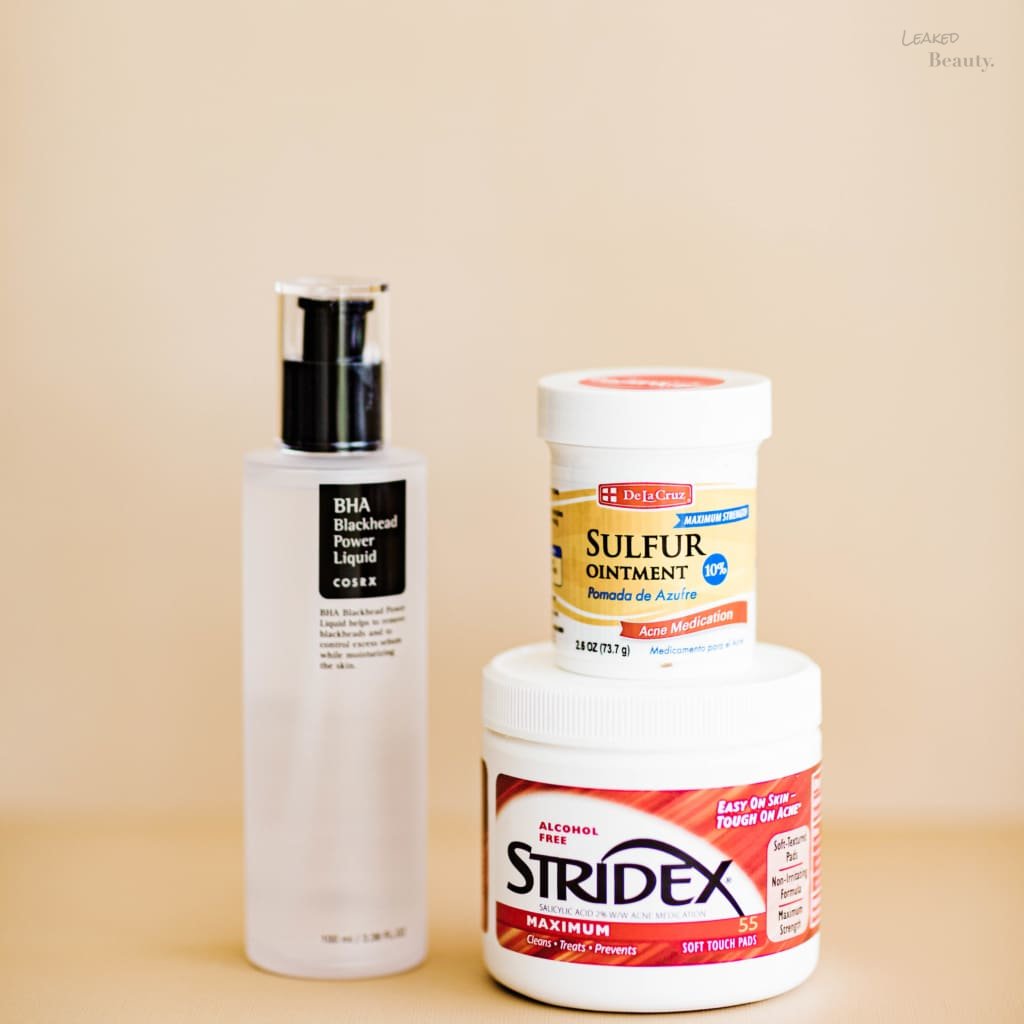
De La Cruz Sulfur Ointment
I use the No products found. as a mask for 5-10 minutes a week to keep the yeast in check, but it’s also great for regular acne too. The mask is simply for prevention, I saw a lot of Reddit users rave about this stuff so I had to try it out.
The best part about this product is the fact that it’s super affordable (most products I’m mentioning are), I’m going to get the bigger tub next!
COSRX BHA Blackhead Power Liquid
The No products found. is one of my favorite products I discovered this year. I use it about three times a week as a toner (before serums) to gently shed off dead skin cell build up during the week.
The Willow Bark extract in the product is the stand out ingredient – besides providing gentle exfoliation, it also reduces excess oil, minimizes the look of pores and it helps with skin conditions such as rosacea, psoriasis and eczema.
During my oily/dehydrated dilemma awhile ago, this product was a godsend for also providing hydrating benefits!
Stridex Pads
I don’t find myself reaching for the No products found. (contains Salicylic Acid) as often as before. I just don’t have the need for it as much these days, but if you have a lot of both regular acne and yeast overgrowth I would recommend to give it a try.
Just be careful because it can be very drying.
After cleansing, softly rub the pad on your skin in circular motion. Let it sit for about three minutes and then rinse it off (a useful tip I got from a Youtuber skincare guru).
Now that we covered the “treatment” part of my skincare routine, let’s just get down to the basics…
AM ROUTINE
Cleanse:
In the morning I splash my face with lukewarm water (assuming I washed my face the night before) or if I have some No products found. on hand I use that.
Because I suffered from dehydrated skin in the past, it has been important for me to cleanse less.
Serum:
After I cleanse, I use a serum. The No products found. serum is the one I am currently using right now (thanks to Felicia at BeautyWithin Youtube channel).
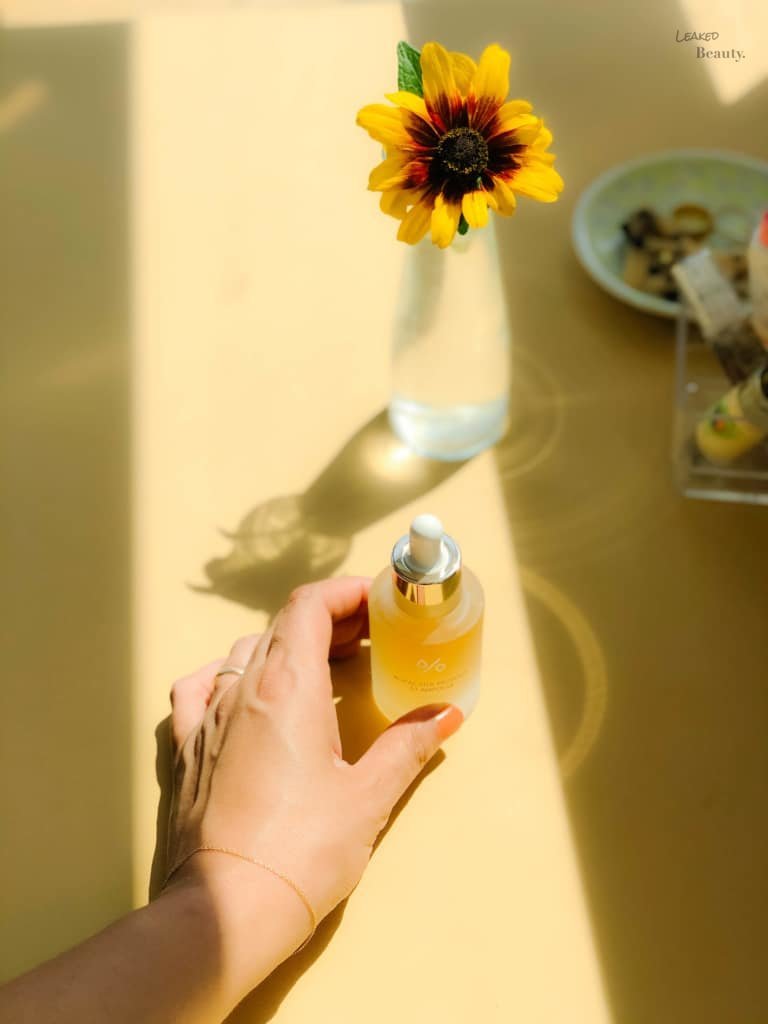
After hearing people rave about the nourishing benefits of Propolis extract and Royal Jelly extract, I was looking for a serum with these ingredients in them.
When I found out that this ampoule also helps combat FA with it’s anti-fungal properties, I had to give into the hype!
I’m on my second bottle and I have to say I will definitely repurchase this again. It also has Vitamin C, B3, B5 which all leave your skin with a glow and find that it lightens all my acne marks.
Moisturize:
After I let my serum sink in for about thirty seconds, I use a moisturizer.
Depending on the weather and how my skin feels, I switch between two different ones…
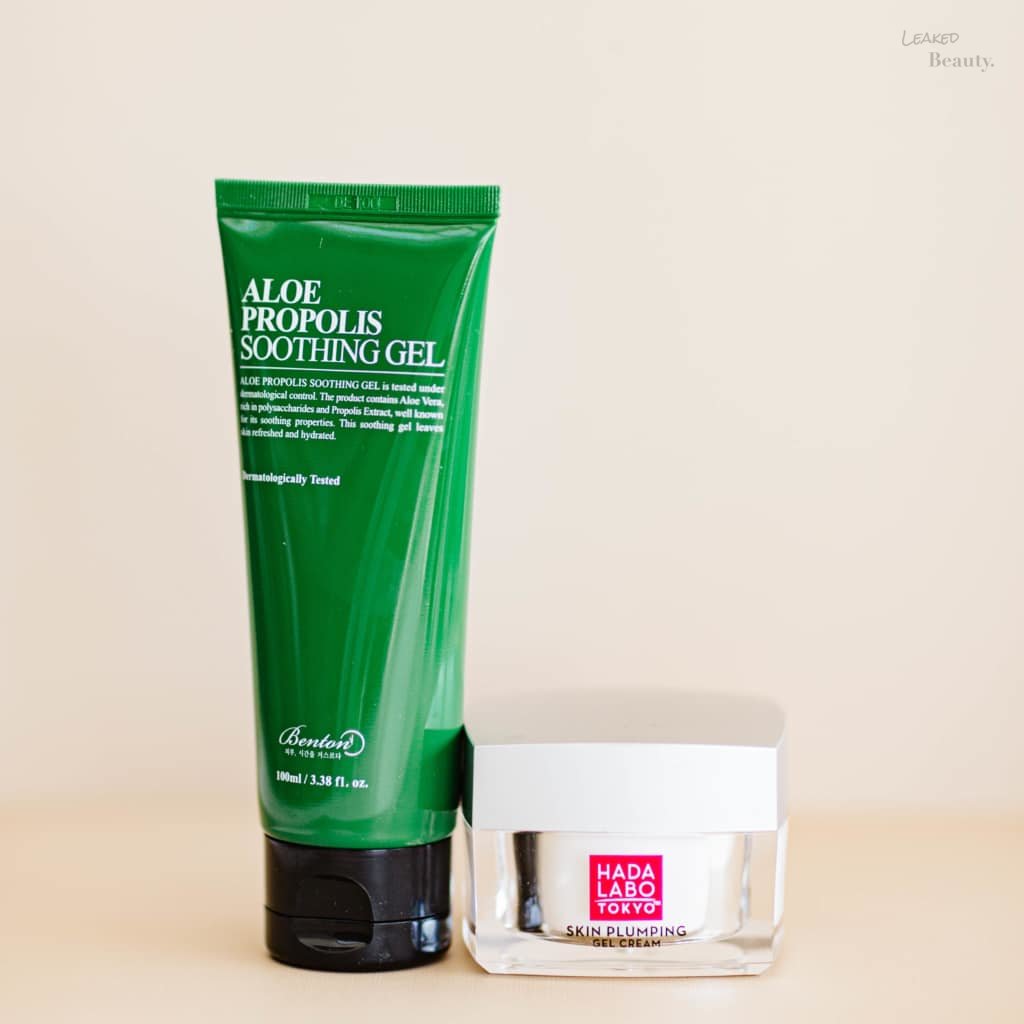
The No products found. is a J-beauty treasure and my HG moisturizer. It contains Urea, which is a deeply moisturizing and hydrating ingredient — that also somehow gently exfoliates.
It contains sodium hyaluronate, squalane and the first ingredient is water. Apparently, that’s a hard thing to do in the dermatology labs.
I like to refer this as the “OG water cream” before all water creams. Believe it or not, it’s way more hydrating than the famous (and very expensive) Tatcha’s Water Cream.
The first time I used it, I saw the deeply dehydrated lines between my eyebrows plump up and disappear. No Joke.
If you’re in a rush and can’t do a whole skincare routine in the AM, you could just slather this on and it would also act as a serum. My only complaint is that not all sunscreens pair well with this one, it can cause peeling if you don’t find the right one.
The No products found. is a new one for me, but I’m loving it so far. This is also another loved product on Skincare Addiction, so naturally I bought it. Haha.
The name just got to me, Aloe and Propolis together?! Yes and yes, please!
It is so cooling and nice for the current Summer months, the texture is amazing. Not sticky though, which is V important for me. FYI: I find it to be hydrating enough for during the day, but I don’t find it moisturizing enough to be a night cream.
Sunscreen:
My last step is my fungal-acne safe sunscreen, the No products found..
When I’m not suffering from FA, there are others I prefer, but the EltaMD is the best one for my combo/oily skin and it pairs nicely with the Aloe Propolis Soothing Gel. No peeling.
PM ROUTINE
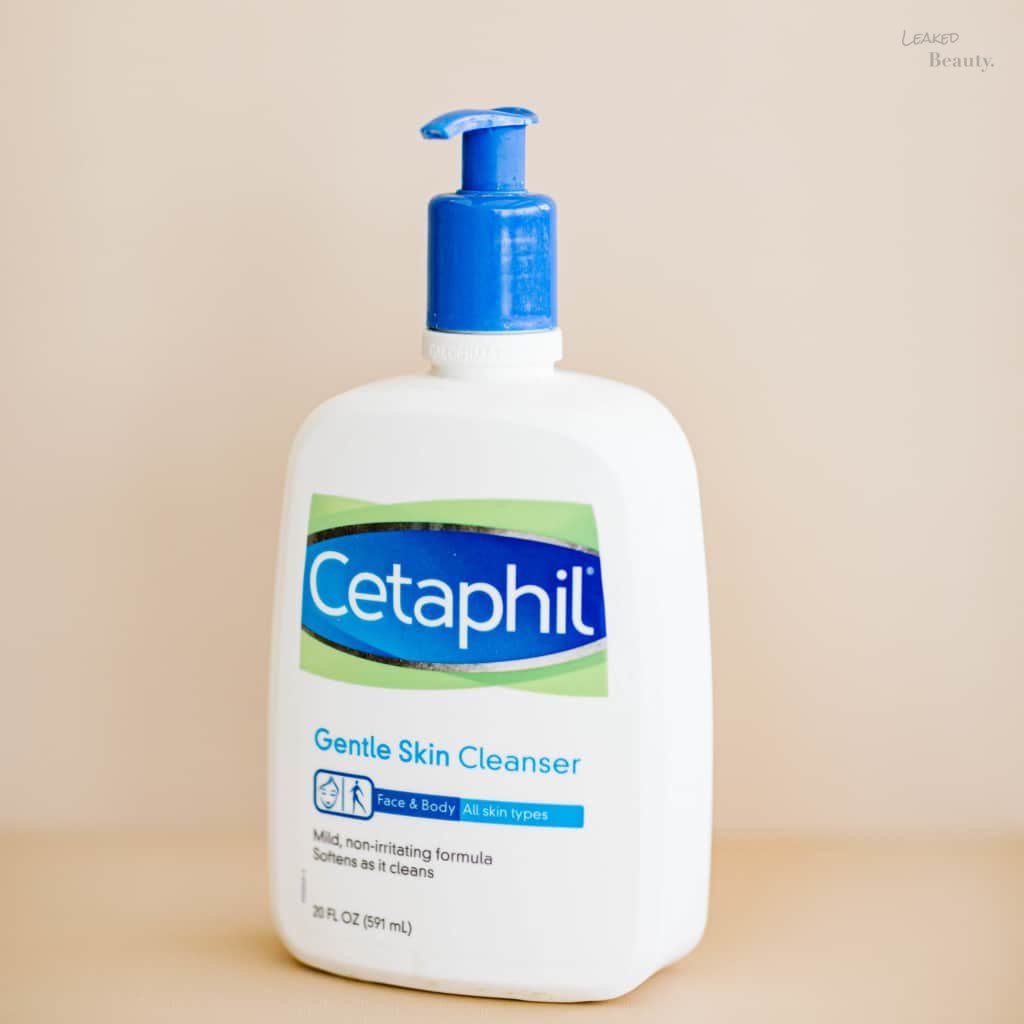
Cleanse:
If you love skincare, I’m sure you’ve heard of the No products found. before. This FA safe cleanser is my favorite because it doesn’t strip my skin at all and it does a pretty nice job at taking off my makeup (I used the hyped Vanicream before and I found it way too drying).
Treatments for FA such as the Nizoral shampoo can really dry out your skin, so it’s EXTRA important to find a cleanser that doesn’t!
After I cleanse, my routine is the same as my A.M. routine, minus the suncreen.
List of Fungal Acne Safe Product Recommendations (Safe Ingredients to Use)
Treatments
- Ketoconazole (found in anti-dandruff shampoos):
- Propolis Extract (honey).
- Salicylic Acid.
- Sulfur.
- Urea (super hydrating).
Oils
- Squalane oil.
- MCT oil.
- Mineral oil.
Cleansers
- Gel
- Foaming
Essences
Toners
Serums
- Hyaluronic
- Vitamin C
- Niacinamide
Moisturizers & Gels
- Cream
- Gel
Masks
When I use the Nizoral Anti-dandruff shampoo as a treatment, I notice is dries out my skin. I love to use a mask to put hydration back into my skin.
- The Best Hair Claws on Amazon! - October 7, 2020
- My Pmel Essence Mascara Base Review - September 28, 2020
- The Best Treatments for Dark Spots (Hyperpigmentation) - July 23, 2020
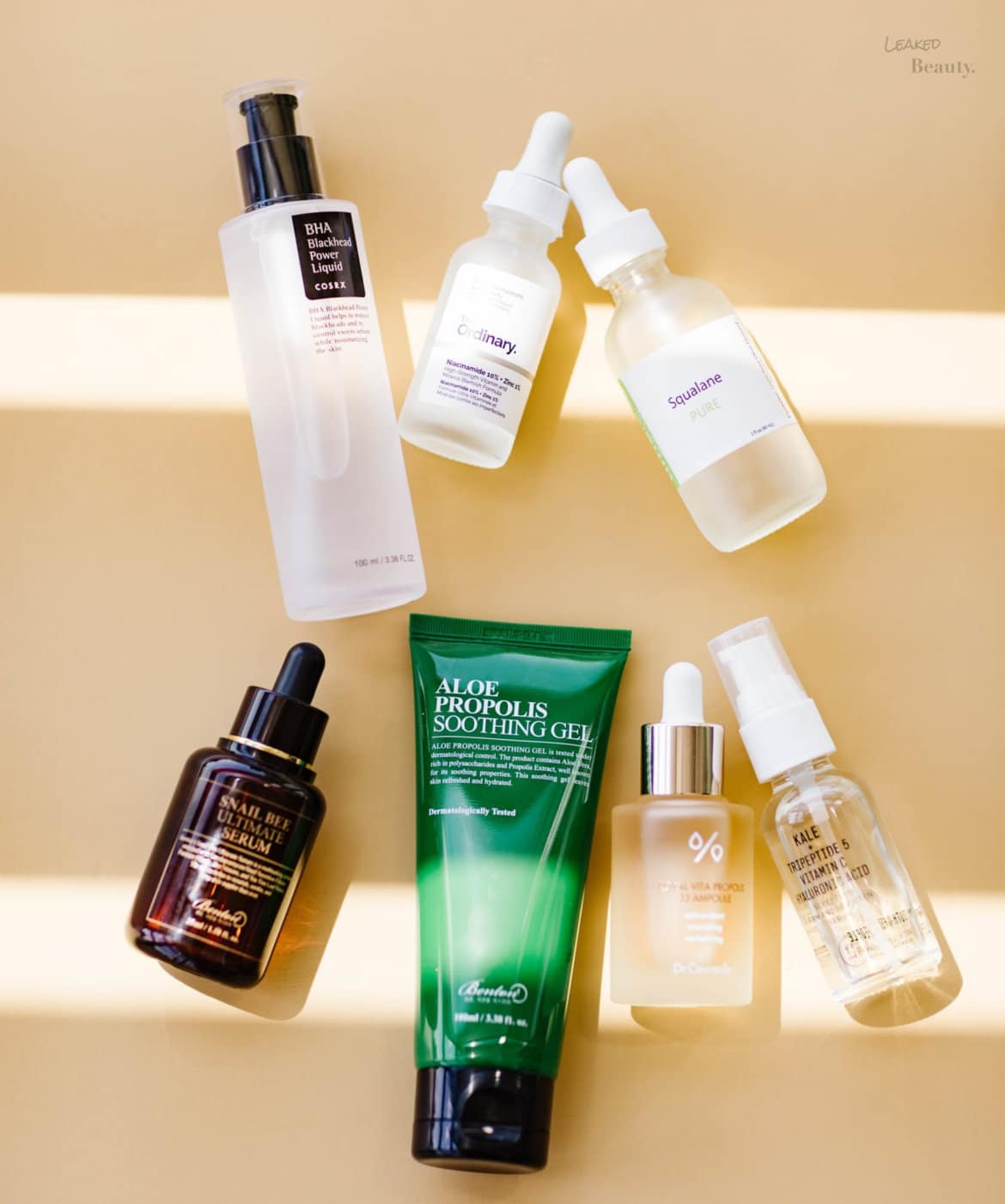
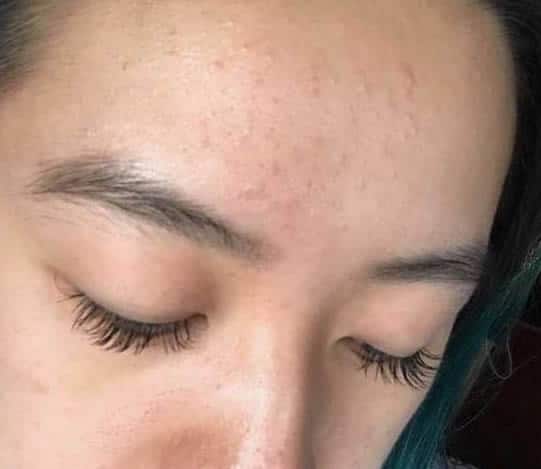
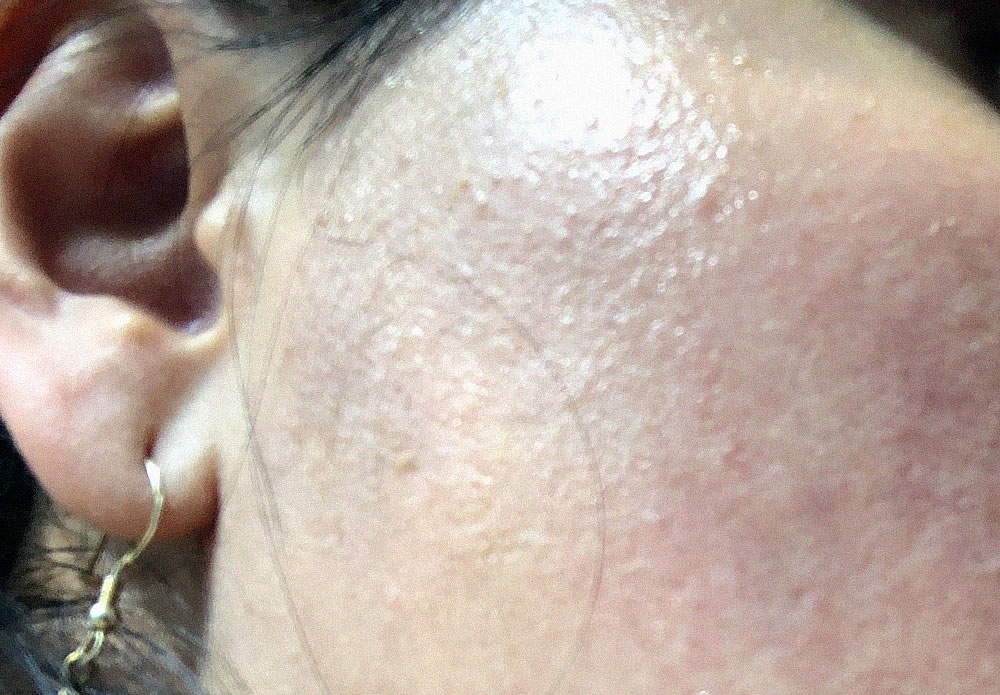
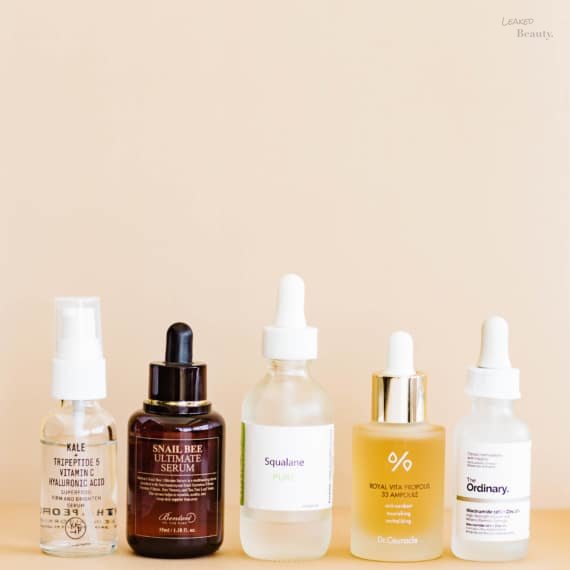
1 Comment
My friends always recommend neuttrogena hydro boost cleanser
Do you think it will work for me !